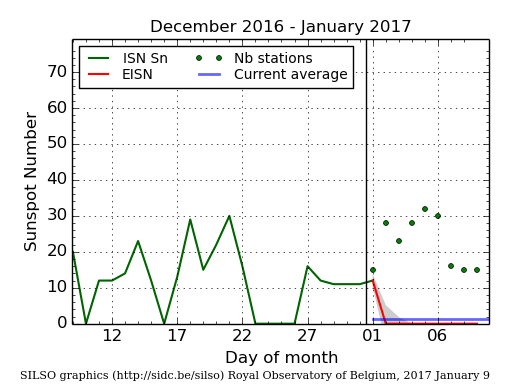SpaceX to land both Falcon Heavy first stages and Dragon at Cape Canaveral
An environmental report, prepared by SpaceX, describes in detail their plans to build landing facilities for their Dragon capsule as well as two more landing pads to facilitate the vertical landing of all three Falcon Heavy first stages at Launch Complex 13 at Cape Canaveral Air Force Station.
It is not clear when this work will go forward, though I suspect it will not be too far in the future.
An environmental report, prepared by SpaceX, describes in detail their plans to build landing facilities for their Dragon capsule as well as two more landing pads to facilitate the vertical landing of all three Falcon Heavy first stages at Launch Complex 13 at Cape Canaveral Air Force Station.
It is not clear when this work will go forward, though I suspect it will not be too far in the future.







